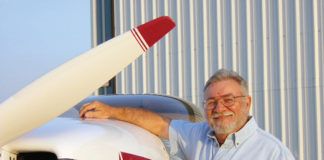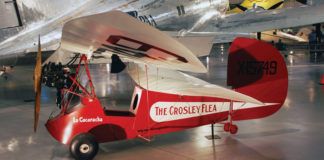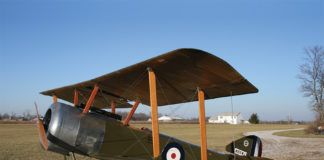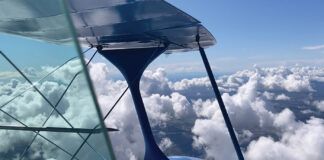On Nuts and Bolts
In your use of the word “bolt,” there is a caveat. Many years ago I learned to manufacture bleach (that “Chlorox” stuff.) When liquid chlorine is introduced to caustic lye and water, the liquid must be cooled or else salt water forms at 84 F and above.
Normal copper-or iron-based evaporators don’t last long at all. Thorium does. In rejuvenating our ancient chiller it was necessary to acquire 1/4 x 20 x 1 hex heads.
I, thinking like you, ordered bolts and nuts from my supplier. Now, thorium thread stock aint free or cheap! Along came the parts. The small box contained the necessary hex nuts. The larger “bolt” box held the same number of hex head cap screws…and a repeat number of hex nuts. I had failed to learn that a bolt, by definition and ordering from the catalog, is a machine screw with a nut threaded on. Because thorium is not a common metal, I now had all these extra nuts.
My supervisor, the owner, declared that I was going to purchase the “spares.” Luckily, the supplier was a friend and shortly he found another user for them. Obviously, I have never forgotten this expensive lesson.
Richard Drury
New Wings, Old Wings?
In your recent feature on the RV-8 there is a statement that brought out a question. In the last paragraph the writer states (dealing with aerobatics) “…or 1600 pounds with the later model wings.” What later model wings? Are there now different wings for the RV-8s? Id like to know about this aspect as a potential RV-8 buyer.
Chuck Leppert
We received this clarification from Vans own Ken Kreuger. “The change that allowed the change in aerobatic gross weight was use of longer and heavier spar caps and
heavier carry-through bulkhead bars. Other parts also needed to be changed so as to accommodate the larger pieces. The kit serial numbers are issued when a customer gets his/her tail kit. This means that a low serial number may have the 1600-pound aerobatic gross wing and center section, while a higher serial number may have the 1550-pound aerobatic gross wing and center section. It depends. Check the packing list for the wing kit…if it says “- 1” after the spar and center section, then its the 1600-pound gross version; if no “- 1″ then its the 1550-pound gross.”
Cozy Question
I read with interest your fine article on the Cozy IV in the August issue. You made the following statement concerning the span of the Cozys canard: “The Mark IVs is 2 inches per side shorter than the Cozy 3s, and this is to give extra margin from a deep stall phenomenon encountered on an early model Velocity 20 years ago. What happened was that both wings, front and back, stalled, and the Velocity descended vertically in a stable, unrecoverable configuration with no forward airspeed.” Please forgive what will seem a stupid question. Did the aircraft crash killing all on board? I realize when you typed “unrecoverable” you clearly intended to convey the flight did not end well; however, would it not be possible to power out of such a configuration if, in fact, the aircraft had stalled at several thousand feet agl? Does gravity negate whatever forward thrust the engine can provide once a canard aircraft stalls for and aft?
R.I. Bedell
Author Wischmeyer responds: “If I recall correctly, there were two cases in which canard aircraft entered a vertical descent and were unable to recover. One was upright and landed in the water, and that was the one mentioned in the article. The other was inverted, and was fatal. I would not be surprised if in that case the engine would not run inverted. I agree with you that adding power should allow the plane to fly out of the vertical descent, but for whatever reason, that did not occur.”
Completing the Circle
The articles in KITPLANES over the
past number of months have really been interesting and informative-articles that I really look forward to reading. But what happened to the “What our readers have built” page that you used to publish? After all, a finished, flying airplane is what its all about. The “how to” and “what to build” articles are great, but its nice to know that these boxes of pieces can actually be finished and made into to “flying machines.”
Charlie Starr
Fear not, our Completions section is alive and well. It has been on a reduced-calorie diet during our buyers guide issues starting in December, but will return full strength next month. In fact, were going to devote additional pages to the section in the months to come because we agree that seeing builders successes is a key ingredient in sustaining motivation during the build process. -Ed.




